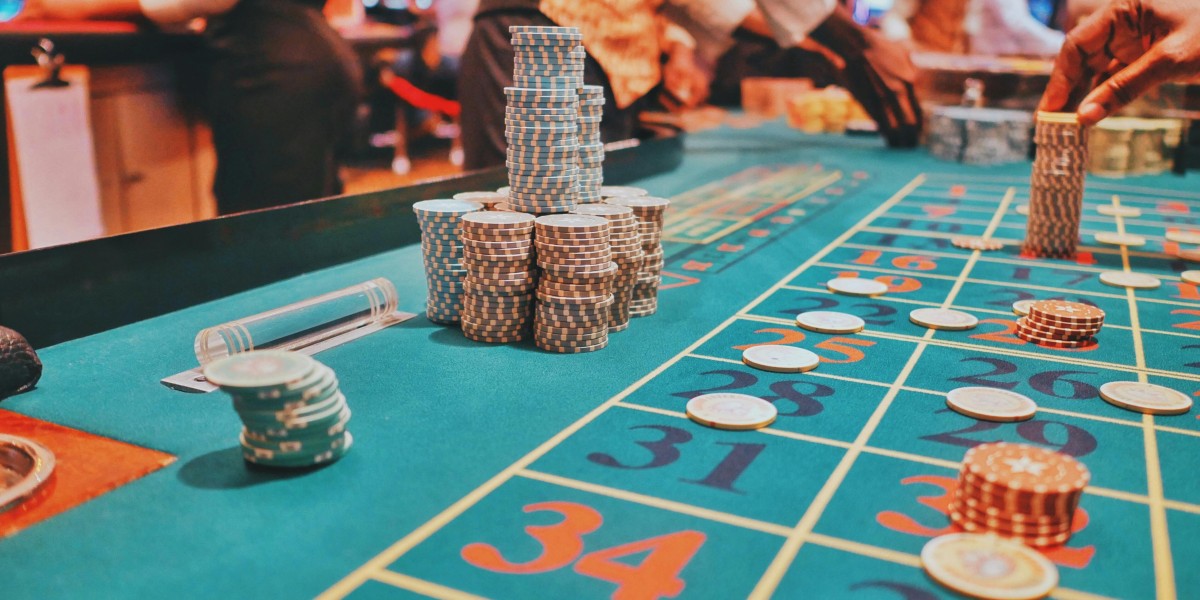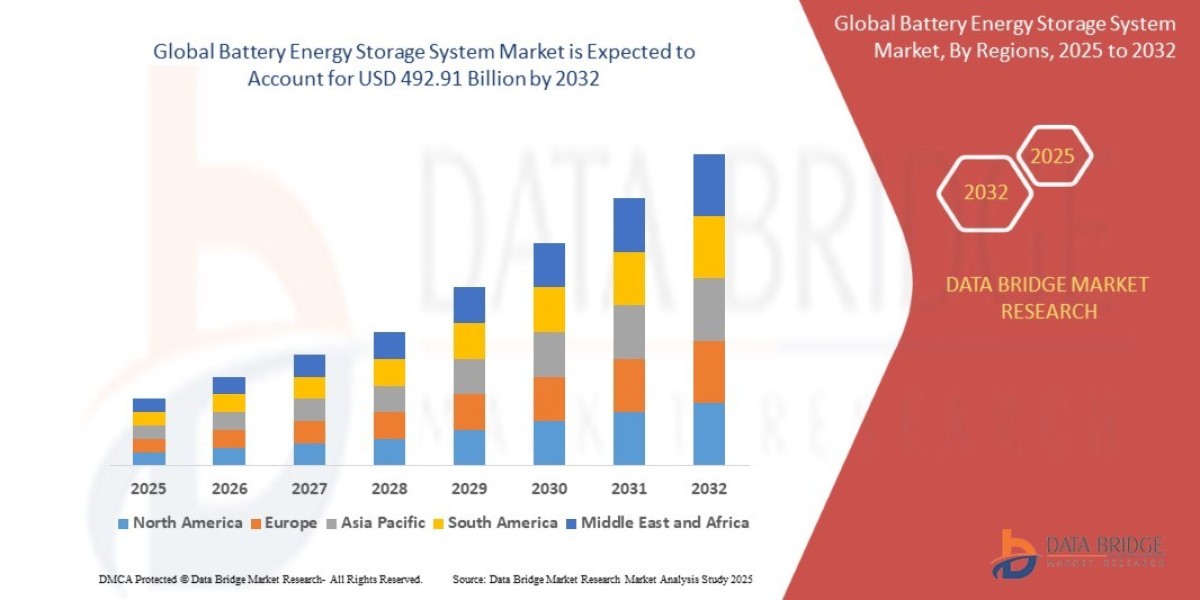Slot machines are among the most popular forms of gambling worldwide. Found in casinos, airports, bars, and now online, they are flashy, fast-paced, and promise the thrill of instant wins. But behind the flashing lights, catchy sounds, and spinning reels lies a carefully engineered system designed to keep players engaged—and often, losing. While they may seem like simple games of chance, slot machines are sophisticated tools that use psychological and mathematical strategies to maximize profit for the house.
At first glance, a slot machine looks like a game where you insert money, press a button or pull a lever, and hope for a lucky combination. The truth is far more complex. Each machine runs on a Random Number Generator (RNG), a computer algorithm that constantly produces sequences of numbers. When a player presses the spin button, the machine selects a combination based on the current RNG output. This means the outcome is determined before the reels even finish spinning. The visuals are just an animated illusion of control.
One of the most important secrets slot machines don’t advertise is the Return to Player (RTP) percentage. This is the average amount of money a machine will pay back over time. For example, a machine with an RTP of 90% will, in theory, return $90 for every $100 wagered. The problem is this percentage is calculated over millions of spins, not the short-term experience of a single player. In the short run, the variance means that most players will lose significantly more than they win.
Another feature carefully hidden from players is the concept of near misses. Slot machines are programmed to make it feel like you were just one symbol away from a big win. Psychologically, this triggers the brain to release dopamine, the same chemical associated with reward and pleasure. It tricks players into thinking they’re close to winning, encouraging them to keep spinning. This mechanism is not random—it’s designed to manipulate emotions and keep players engaged even when they’re losing money.
Slot machines also use a concept called "losses disguised as wins." For example, you might bet $1.00 and win back $0.40. The machine still flashes lights, plays celebratory sounds, and treats it as if you’ve won. In reality, you’ve lost $0.60. This deceptive feedback keeps players feeling like they’re doing well, even while their bankroll slowly disappears.
The payout structure is another hidden layer of complexity. Some machines have progressive jackpots, which grow over time as more people play. Others pusat4d offer bonus rounds, multipliers, or themed mini-games. These features are fun and exciting, but they also extend play time and encourage players to keep feeding money into the machine. The more you play, the more likely you are to lose, regardless of how entertaining the experience feels.
Perhaps the most dangerous aspect of slot machines is their accessibility and speed. Unlike poker or blackjack, which involve some level of strategy or social interaction, slots are solitary and rapid. You can place hundreds of bets in a single hour. Online versions make it even easier, allowing users to play from their phones with just a few taps. This convenience can quickly spiral into problematic behavior, especially for vulnerable individuals.
Ultimately, slot machines are designed with one purpose: to make money for the casino. Everything from the sounds, graphics, betting options, and reward frequency is calibrated to keep you spinning. While there’s nothing wrong with occasional play for entertainment, it’s essential to understand what’s really happening behind the spin. Knowing how these machines work can help players make informed decisions and avoid falling into a cycle of chasing losses, misreading odds, or relying on luck that simply isn’t there.







